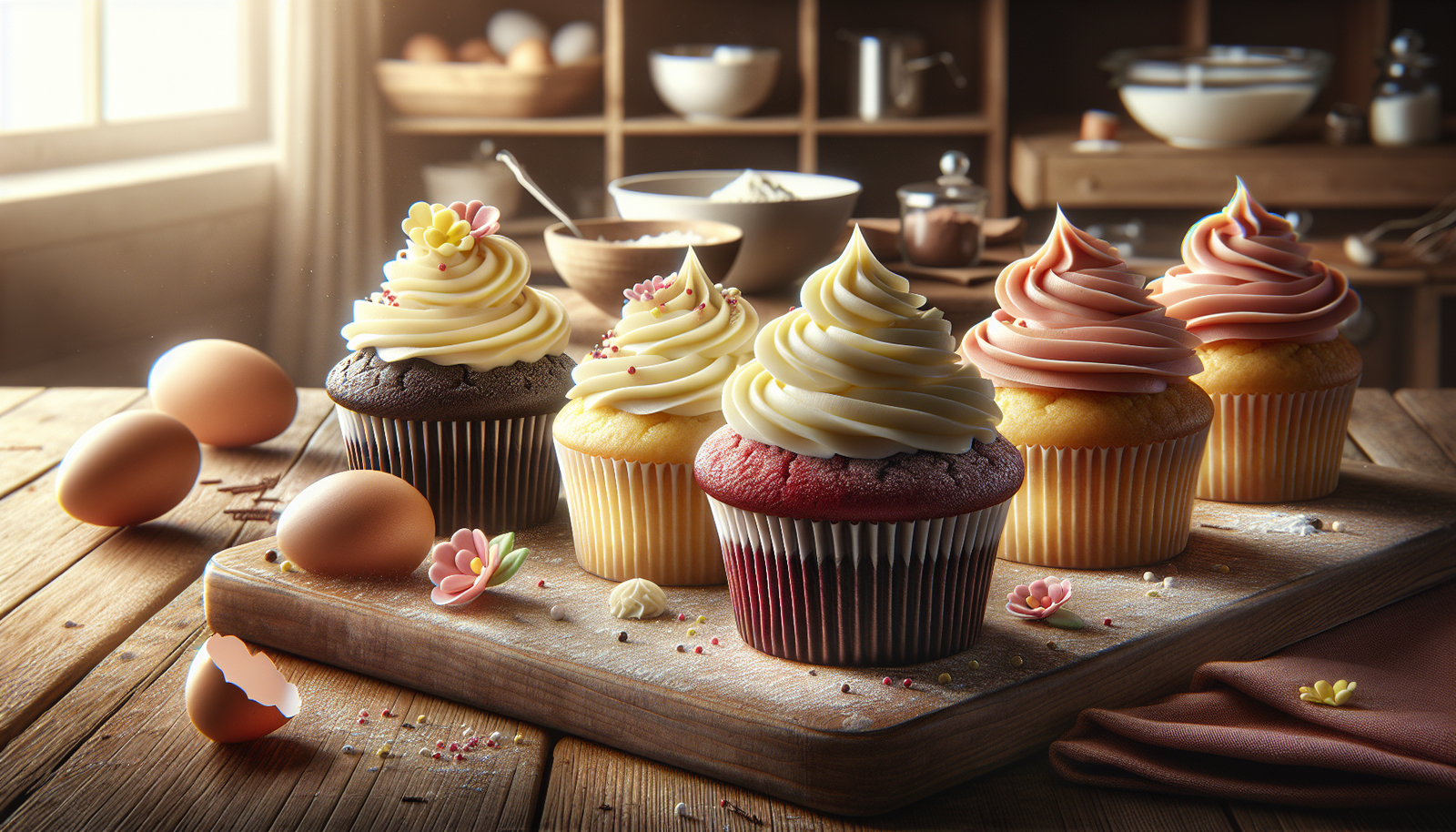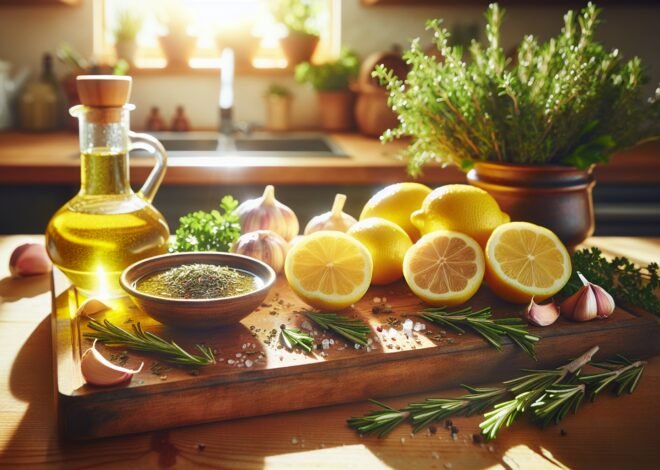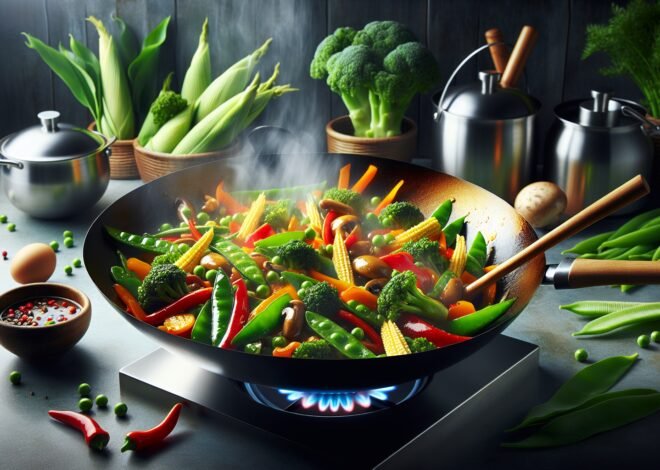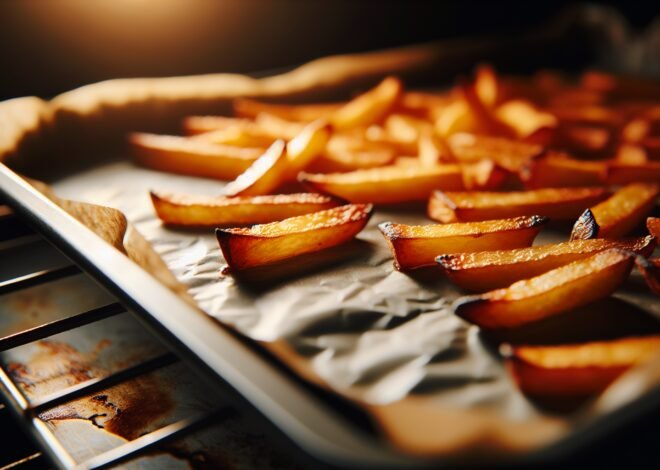
How to Bake Moist Cupcakes Every Time: Expert Tips
Bake moist cupcakes consistently by mastering expert techniques that transform your baking game. Did you know that small tweaks in ingredients and methods make a huge difference in texture? This guide delves into choosing the right flour, incorporating buttermilk, and understanding baking times for perfect results. Uncover secrets to avoiding common pitfalls like dryness and crumbly textures. By implementing these insights, every cupcake you bake will impress friends and family, leaving them asking for more.
Understanding the Importance of Moisture in Cupcakes
Moisture is the heart and soul of a delicious cupcake. It transforms a typical cupcake into a delightful, melt-in-your-mouth experience. When moisture is balanced perfectly, the cupcake becomes a symphony of flavors and textures, captivating anyone who takes a bite. This section delves into why moisture is crucial and how it can make or break your baking efforts.
Why Moisture Matters in Cupcake Baking
Moisture in cupcakes is essential not just for taste but also for texture. A moist cupcake has a soft, tender crumb that feels luxurious on the palate. Moisture ensures that the cupcake maintains its freshness over time, preventing it from becoming hard and unappetizing. The right amount of moisture also enhances the flavor, making each ingredient stand out distinctly.
Too little moisture, and the cupcake becomes dry and crumbly, turning an anticipated treat into a disappointment. Moisture acts as a carrier for flavors, ensuring that each bite delivers the intended taste.
Common Mistakes That Lead to Dry Cupcakes
Several common missteps can lead to dry cupcakes, frustrating even the most experienced bakers. Overbaking is a frequent culprit; even a couple of extra minutes in the oven can dry out cupcakes. Another mistake is incorrect ingredient measurements. Too much flour or too little liquid can tip the moisture balance unfavorably.
Improper mixing is another issue. Overmixing can cause the batter to become dense and dry. Using low-quality ingredients or skipping essential ones like eggs or oil can also result in moisture loss. Avoid these pitfalls to ensure your cupcakes remain moist and delightful.
Ingredients that Contribute to Moisture
Certain ingredients are key to adding moisture to cupcakes. Fats like butter and oils provide tenderness and richness. Eggs contribute not only to moisture but also to structure and binding. Dairy products such as milk, yogurt, or buttermilk add creaminess and enhance moisture.
Sweeteners like honey or brown sugar are excellent for retaining moisture due to their hygroscopic nature, which means they attract and hold water. Incorporating these ingredients thoughtfully can significantly impact the moisture level in your cupcakes.
Essential Ingredients for Moist Cupcakes
The ingredients you choose play a pivotal role in achieving that coveted moistness in cupcakes. Each ingredient brings unique properties that contribute to the final texture and taste. Understanding how these ingredients work will empower you to bake cupcakes that are consistently soft and delectable.
The Role of Fat in Moist Cupcakes
Fat is fundamental in creating moist cupcakes. It tenderizes the crumb and enhances flavor, resulting in a soft, pleasant bite. Butter is a popular choice, imparting a rich, creamy taste. Oils like canola or vegetable oil are also favored for their ability to keep cupcakes moist for longer.
Fats coat the flour proteins, reducing gluten formation and leading to a tender texture. The type and amount of fat can be adjusted based on dietary preferences while still achieving desired moistness. For a richer cupcake, consider adding sour cream or cream cheese to the mix.
Using Brown Sugar for Added Moisture
Brown sugar is a secret weapon for adding moisture to cupcakes. Unlike white sugar, brown sugar contains molasses, which contributes to its moistening properties. This not only adds moisture but also a slight caramel flavor, enhancing the overall taste.
When substituting brown sugar for white sugar in recipes, you may notice a denser texture and deeper color. Adjusting the sugar balance can help achieve the desired sweetness and consistency. Brown sugar’s ability to retain moisture makes it an excellent choice for bakers seeking softer cupcakes.
Integrating Fruits and Vegetables for Natural Moisture
Fruits and vegetables are natural sources of moisture that can be creatively used in cupcakes. Ingredients like applesauce, bananas, or zucchini add moisture without overpowering the cupcake’s flavor. These additions also contribute nutrients, making the cupcakes more wholesome.
Pureed fruits or vegetables can replace part of the fat or liquid in recipes, maintaining moisture while reducing calorie content. They are versatile ingredients, allowing for experimentation with flavors and textures while ensuring the cupcakes remain tender and moist.
Techniques to Bake Perfectly Moist Cupcakes
Techniques and methods play a crucial role in achieving moist cupcakes. From mixing to baking and storing, every step impacts the final product. Mastering these techniques ensures your cupcakes are consistently delicious and satisfying.
Mixing Methods to Retain Moisture
Mixing methods influence the texture and moisture of cupcakes significantly. The creaming method, where butter and sugar are beaten together, incorporates air and creates a light, fluffy texture. For oil-based recipes, the all-in-one method simplifies mixing by combining all ingredients at once, maintaining moisture without overworking the batter.
Proper mixing incorporates ingredients evenly, avoiding dry pockets or dense cupcakes. Take care to avoid overmixing, which can develop gluten and result in a tough crumb. Adjusting mixing time and speed based on ingredient type helps maintain the right moisture balance.
Baking Tips for Moist Cupcakes
Baking temperature and time are critical factors in achieving moist cupcakes. Preheat the oven to ensure even baking. Cupcakes baked at the wrong temperature can end up dry or undercooked. Using an oven thermometer helps maintain accuracy.
Fill cupcake liners to two-thirds full to allow for proper rise. Resist opening the oven door frequently, as heat loss can affect the baking process. Testing with a toothpick is a reliable method to check doneness. It should come out with a few moist crumbs but not wet batter. Proper baking results in cupcakes with a moist, tender crumb.
Storage Tips to Keep Cupcakes Moist
Proper storage is vital to maintain cupcake moisture post-baking. Allow cupcakes to cool completely before storing to prevent condensation. Store in an airtight container to protect against air exposure, which can dry out cupcakes.
If storing for an extended period, consider freezing. Wrap cupcakes individually in plastic wrap, then place in a freezer-safe bag. This method preserves moisture and freshness, allowing cupcakes to be enjoyed later. Thaw cupcakes at room temperature or gently warm before serving for a fresh-from-the-oven taste.
Conclusion
To bake moist cupcakes, use ingredients like buttermilk, sour cream, or applesauce to add moisture. Avoid overmixing the batter to prevent dense cupcakes. Baking at the correct temperature ensures even cooking and retains moisture. Letting the cupcakes cool in the pan briefly before transferring to a rack prevents sogginess from forming. Storing them in an airtight container maintains their softness.
FAQ
How do I make cupcakes moist and fluffy?
Achieving moist and fluffy cupcakes starts with using the right balance of wet and dry ingredients. Incorporating ingredients like sour cream or yogurt adds moisture, while beating the batter until just combined prevents overworking. This ensures a light, airy texture.
What are the best ingredients for baking moist cupcakes?
Ingredients like oil, sour cream, and buttermilk are ideal for adding moisture to cupcakes. Oil provides fat without hardening when cooled, while sour cream and buttermilk offer tanginess and keep cupcakes tender.
Why are my cupcakes dry and crumbly?
Dry, crumbly cupcakes often result from overbaking or using too much flour. Accurate measuring and monitoring baking time are crucial. Additionally, incorporating moisture-rich ingredients can help prevent dryness.
Can I use oil instead of butter for moist cupcakes?
Yes, substituting oil for butter can make cupcakes moister. Oil stays liquid at room temperature, providing a softer texture than butter. Choose a mild-flavored oil, like vegetable or canola, to avoid overpowering the cupcakes.
How does the baking time affect the moisture level of cupcakes?
Baking time is key to maintaining moisture. Overbaking causes cupcakes to dry out, while underbaking can leave them soggy. Check for doneness by inserting a toothpick; it should come out clean or with a few moist crumbs.
What tips ensure my cupcakes stay moist longer?
To keep cupcakes moist longer, store them in an airtight container at room temperature. Avoid refrigerating, as it can dry them out. Adding a slice of bread to the container can help retain moisture.











